Wolfgang says there is no “contrary evidence.” Indeed, there are more than a dozen national polls — one of which was conducted by The Los Angeles Times — that have found figures comparable to the Kleck-Gertz study. Even the Clinton Justice Department (through the National Institute of Justice) found there were as many as 1.5 million defensive users of firearms every year. See National Institute of Justice, “Guns in America: National Survey on Private Ownership and Use of Firearms,” Research in Brief (May 1997).
As for Dr. Kleck, readers of his materials may be interested to know that he is a member of the ACLU, Amnesty International USA, and Common Cause. He is not and has never been a member of or contributor to any advocacy group on either side of the gun control debate.
[2] According to the National Safety Council, the total number of gun deaths (by accidents, suicides and homicides) account for less than 30,000 deaths per year. See Injury Facts, published yearly by the National Safety Council, Itasca, Illinois.
[3] Kleck and Gertz, “Armed Resistance to Crime,” at 173, 185.
[4]Kleck and Gertz, “Armed Resistance to Crime,” at 185.
[5]Philip J. Cook and Jens Ludwig, “Guns in America: National Survey on Private Ownership and Use of Firearms,” NIJ Research in Brief (May 1997); available at http://www.ncjrs.org/txtfiles/165476.txt on the internet. The finding of 1.5 million yearly self-defense cases did not sit well with the anti-gun bias of the study’s authors, who attempted to explain why there could not possibly be one and a half million cases of self-defense every year. Nevertheless, the 1.5 million figure is consistent with a mountain of independent surveys showing similar figures. The sponsors of these studies — nearly a dozen — are quite varied, and include anti-gun organizations, news media organizations, governments and commercial polling firms. See also Kleck and Gertz, supra note 1, pp. 182-183.
[6]Kleck, Point Blank: Guns and Violence in America, (1991):111-116, 148.
[7]George F. Will, “Are We ‘a Nation of Cowards’?,” Newsweek (15 November 1993):93.
[8]Id. at 164, 185.
[9]Dr. Gary Kleck, interview with J. Neil Schulman, “Q and A: Guns, crime and self-defense,” The Orange County Register (19 September 1993). In the interview with Schulman, Dr. Kleck reports on findings from a national survey which he and Dr. Marc Gertz conducted in Spring, 1993 — a survey which findings were reported in Kleck and Gertz, “Armed Resistance to Crime.”
[10]One of the authors of the University of Chicago study reported on the study’s findings in John R. Lott, Jr., “More Guns, Less Violent Crime,” The Wall Street Journal (28 August 1996). See also John R. Lott, Jr. and David B. Mustard, “Crime, Deterrence, and Right-to-Carry Concealed Handguns,” University of Chicago (15 August 1996); and Lott, More Guns, Less Crime (1998, 2000).
[11]Lott and Mustard, “Crime, Deterrence, and Right-to-Carry Concealed Handguns.”
[12]Kathleen O’Leary Morgan, Scott Morgan and Neal Quitno, “Rankings of States in Most Dangerous/Safest State Awards 1994 to 2003,” Morgan Quitno Press (2004) at http://www.statestats.com/dang9403.htm. Morgan Quitno Press is an independent private research and publishing company which was founded in 1989. The company specializes in reference books and monthly reports that compare states and cities in several different subject areas. In the first 10 years in which they published their Safest State Award, Vermont has consistently remained one of the top five safest states.
[13]Memo by Jim Smith, Secretary of State, Florida Department of State, Division of Licensing, Concealed Weapons/Firearms License Statistical Report (October 1, 2002).
14Florida’s murder rate was 11.4 per 100,000 in 1987, but only 5.5 in 2002. Compare Federal Bureau of Investigation, “Crime in the United States,” Uniform Crime Reports, (1988): 7, 53; and FBI, (2003):19, 79.
[15]John R. Lott, Jr., “Right to carry would disprove horror stories,” Kansas City Star, (July 12, 2003).
[16]Gary Kleck, “Crime Control Through the Private Use of Armed Force,” Social Problems 35 (February 1988):15.
[17]Compare Kleck, “Crime Control,” at 15, and Chief Dwaine L. Wilson, City of Kennesaw Police Department, “Month to Month Statistics: 1991.” (Residential burglary rates from 1981-1991 are based on statistics for the months of March – October.)
[18]Kleck, Point Blank, at 140.
[19]Kleck, “Crime Control,” at 13.
[20]U.S. Department of Justice, Law Enforcement Assistance Administration, Rape Victimization in 26 American Cities (1979), p. 31.
[21]U.S., Department of Justice, National Institute of Justice, “The Armed Criminal in America: A Survey of Incarcerated Felons,” Research Report (July 1985): 27.
[22]Id.
[23]Id.
Tell us in the comments section what you think
Follow us on Twitter and Facebook
 Carlos Morales is a former Child Protective Services investigator, president and founder of Child Protective Services Victim Support, the host of the Libertarian Atheist Podcast, and a committed legal advocate for family reunification.
Carlos Morales is a former Child Protective Services investigator, president and founder of Child Protective Services Victim Support, the host of the Libertarian Atheist Podcast, and a committed legal advocate for family reunification.
Since leaving his career as an investigator, he has actively helped families throughout the country fight for their children in and out of court. His pursuit of a radical overhaul for child protection programs has taken him from university lecture halls, to television and radio studios, and the pages of a variety of publications. This has culminated into the publication of his new book, Legally Kidnapped: The Case Against Child Protective Services (http://www.legallykidnapped.net/)

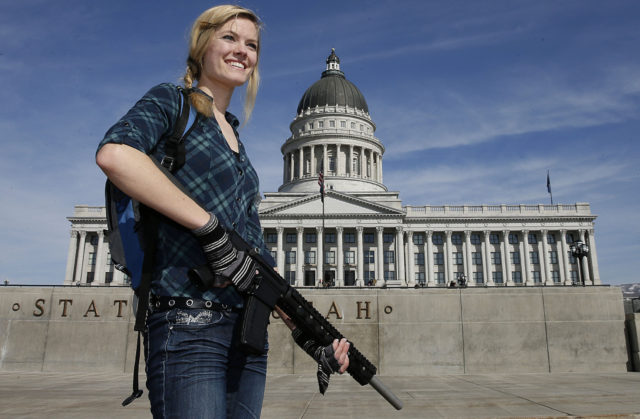
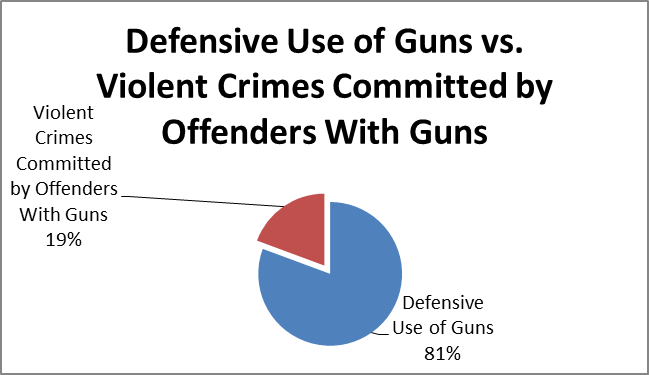
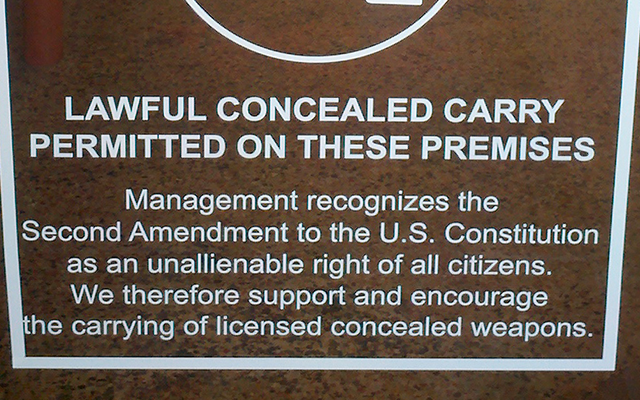
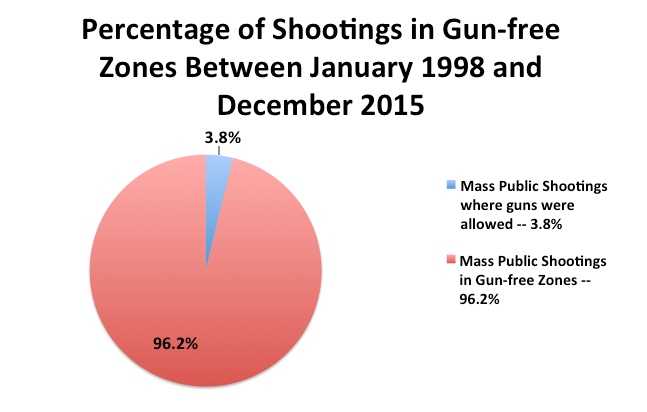

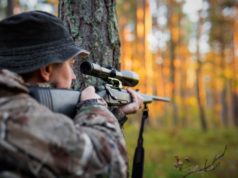
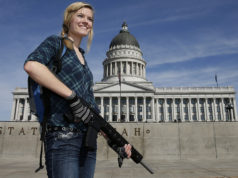




[…] Study : Guns Stop Crime 2.5 Million Times Each Year […]
Except that 2.5 million number is just made up. http://takingnote.blogs.nytimes.com/2013/04/15/defensive-gun-use/
Is there any slightly more updated research? This is all based off research that is either more than 20 years old or from newspaper editorials.
Where are the footnotes? I see numbers after each statistic directing me to a footnote, but they’re not there. I would really like to read your footnotes.
It’s says, click the sources
Footnotes?
Footnotes are above these comments, right below the article. Numbers 1 to 23.
It’s all gun nut bullshit http://www.vpc.org/studies/justifiable15.pdf
The best source for REAL facts, from verifiable and credible sources is
http://www.gunfacts.info
The numbers in this come from one report that is cited time and time again, but never vetted. And unfortunately, the type of research required would entail contacting EVERY law enforcement agency in the country, in all 35,000 counties and getting their call logs, and then crossing those with witness statements to see IF a gun was ‘used’. It’s just not information that is compiled.
[…] With yet another mass shooting prevented by a concealed carrier this past Sunday, we found it important to delve into the truth about gun ownership. The sources […]
[…] the process, usually without firing a shot. Even the notoriously anti-gun Clinton Administration conducted a study, in the hope of finding more ammunition for gun banning schemes, but to their horror–they were […]
[…] anti-gun Clinton Administration quietly embarked on a study in 1997, attempting to debunk the millions of uses of firearms in self-defense each year. They planned to […]
[…] least 2.5 million times a year to protect potential victims, and that guns are used at least 80% more often to protect lives than to take […]
[…] at least 2.5 million times a year to protect potential victims, and that guns are used at least 80% more often to protect lives than to take […]
[…] at least 2.5 million times a year to protect potential victims, and that guns are used at least 80% more often to protect lives than to take […]
[…] at least 2.5 million times a year to protect potential victims, and that guns are used at least 80% more often to protect lives than to take […]
[…] anti-gun Clinton Administration quietly embarked on a study in 1997, attempting to debunk the millions of uses of firearms in self-defense each year. They planned to […]
[…] or even counterattack the attackers. Self-defense is the fastest response to street crime and home invasions, so likewise cybercrime defense at the local computer system level would be the quickest […]